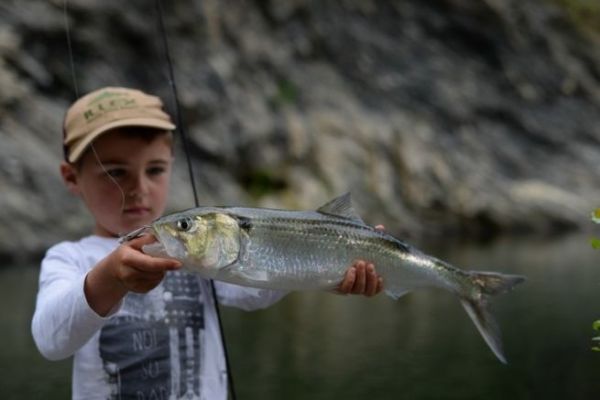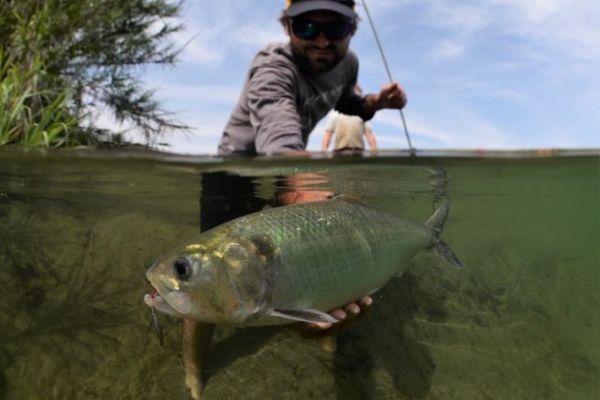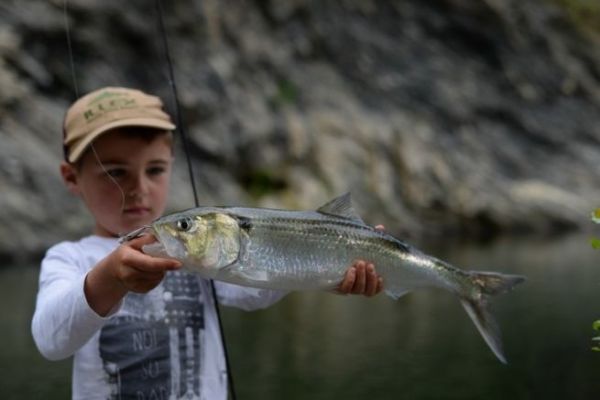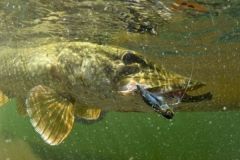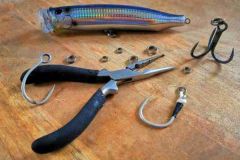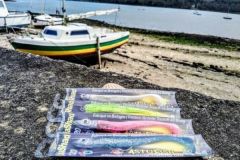The cane
The shad is a relatively powerful fish for its size. A rod of power L to ML will allow you to take full advantage of the fights offered by this fish and to animate correctly lures up to about fifteen grams. Rod lengths between 2 m and 2.50 m are ideal. Rod length should be chosen according to the width of the river being fished. The wider the river, the further you'll need to cast, so a long rod will be ideal both for casting and for managing your streamer.
I like the Illex Pepper range, which offers rods that combine power, progressiveness and sensitivity. This last point should not be overlooked, as the shad can take hold of the lure very gently or by accompanying it. In my opinion, a full tip is ideal in all respects. You need to be able to react to the slightest disturbance in your lure's swimming by hooking. Shad attack aggressively and not to feed, so they don't keep the lure in their mouths very long. You therefore need to be reactive.
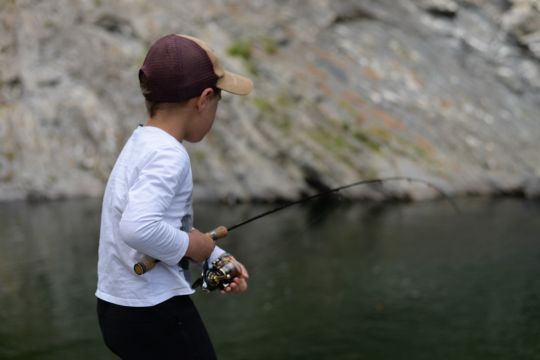
Line and reel
It's also in line with this search for sensitivity that I prefer to use braid. Its lack of elasticity allows the vibrations of the lure to be better transmitted to the angler's rod. I use PE0.6 or PE0.8 braid to which I connect a fluorocarbon leader weighing 5 to 6 lbs (2.5 to 3kg). A reel size 2000 to 2500 will be optimal. A shallow reel will be perfect for filling the spool with braid. More generally, a set designed for light street fishing or medium-river trout stalking will do.
Recommended accessories
The landing net is also an asset when fishing for shad. It shortens the fight and significantly increases the chances of capture. Shad quickly become exhausted, and the shorter the fight, the better the chances of a return. The landing net also makes it easier to handle these balls of nerves. What's more, shad are very easy to unhook. In fact, their mouths are either very hard in places, or very thin and fragile! On certain days, fishing for them without barbs is quite a feat. To rig my lures, I use with good success the assists hooks . A single hook on a braided loop that offers no support to cause unwanted unhooking.
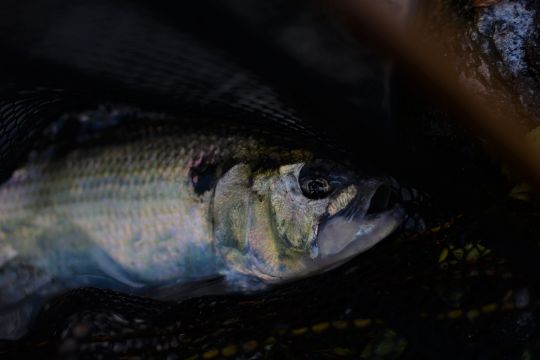
Once you've had your first shad feint, you'll want to go back. Then wait patiently for them to return in the spring.
Remember to release your catch to allow these fish to complete their reproductive cycle and keep this tradition alive. And here's a little tip: when you release a shad, have it dive head first into the water with enough momentum to give it a boost! Soft releases aren't really suitable for this nervous fish!
